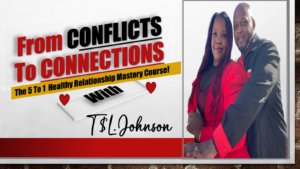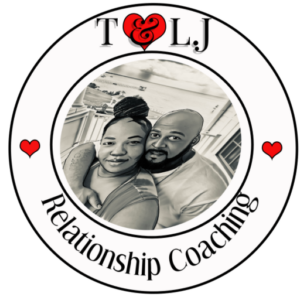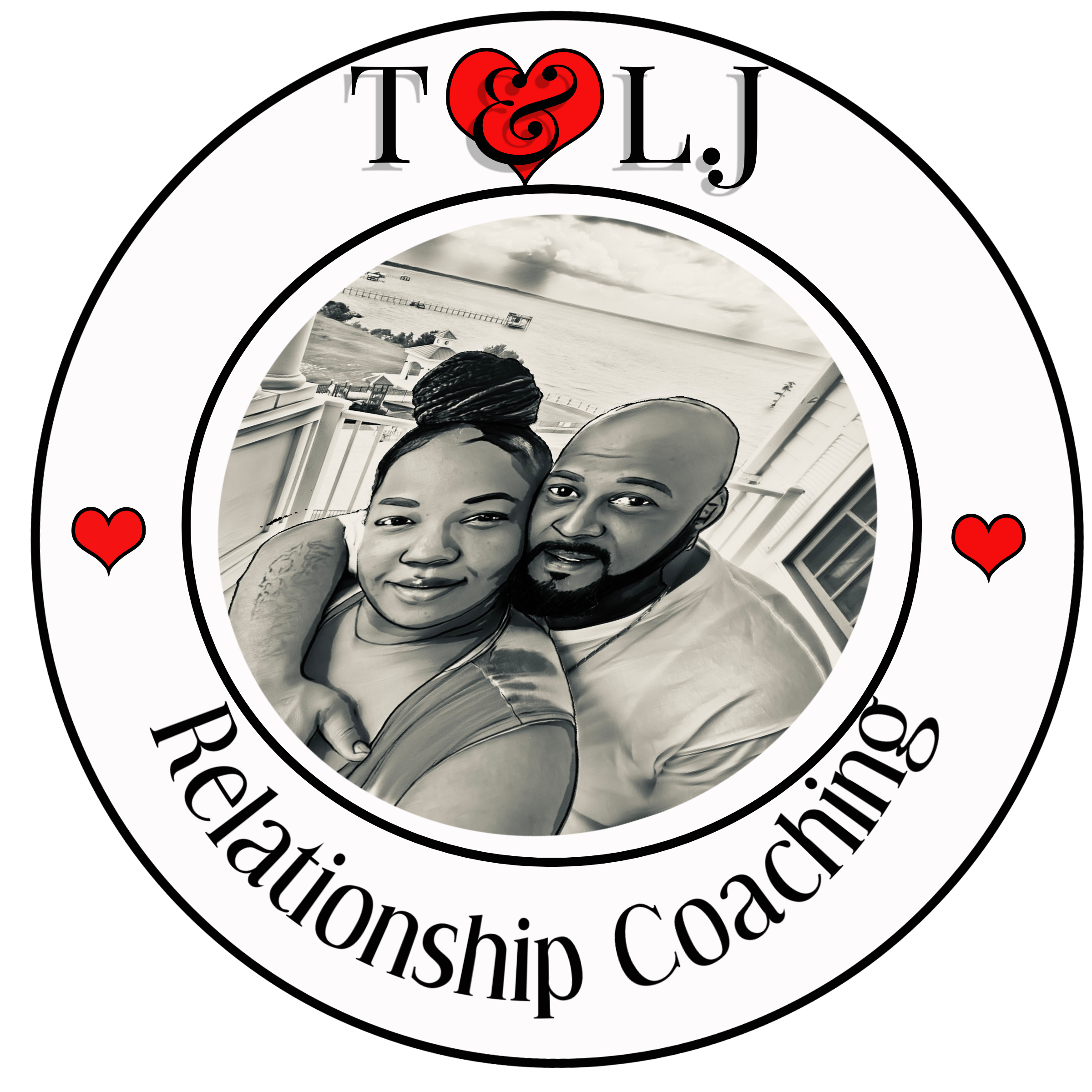Understanding the Roots of Conflict
Identifying Triggers
Let’s be real – conflict is part of life. But understanding what triggers it can provide a lot of clarity. I’ve found that pretty much every argument or disagreement has specific buttons that, once pressed, can send us spiraling into conflict. Think about the last time you had a disagreement; what were the words or actions that initially set it off? Digging into these triggers helps us acknowledge our own patterns and how our emotions can get the best of us.
For me, one of my biggest triggers was being interrupted. It would make me feel disrespected, and I’d often react with frustration. By owning up to that trigger and bringing it to light, it became easier to manage my own responses. I started communicating openly about it, which has made a significant difference in how I handle myself during heated discussions.
So, the next time feelings brew beneath the surface, take a moment to reflect on your own triggers. It’s also valuable to engage with the other party involved to help them identify theirs. We often think of “conflict” as something to avoid; however, when we understand what brings out the emotional responses, conflict can be a gateway to better connections.
Effective Communication Techniques
The Power of Listening
In my experience, effective communication is about much more than just talking; it’s largely about listening. Most people forget that listening is an active process, not a passive one. I’ve seen how truly tuning in to what someone is saying can transform the trajectory of a conversation from one of contention to connection. Approaching conversations with the intent to understand, rather than just respond, creates a strong foundation for resolving conflict.
Good listening starts with eye contact and body language that shows you’re engaged. I’ve noticed that when I nod or paraphrase back what the other person has said, it promotes a sense of safety and openness. It’s amazing how this simple act can bridge gaps and reduce defensiveness. Even if you don’t agree, making them feel heard matters greatly. Imagine the relief on their face when they realize you’re genuinely trying to comprehend their viewpoint. It’s a beautiful pivot.
Moreover, avoid jumping to conclusions before they finish expressing their thoughts. Taking a pause can feel awkward but will benefit both parties in the long run. When I’ve taken the time to listen carefully, I’ve often uncovered underlying feelings that were driving the conflict, allowing us to address the root of the problem instead of getting lost in the noise.
Expressing Feelings Honestly
Using “I” Statements
Honesty is the best policy, but it has to be delivered in the right way – and that’s where “I” statements come into play. Instead of saying, “You always interrupt me,” I shifted to “I feel ignored when I’m interrupted.” It completely changes the tone of the conversation. By framing my feelings around my experience, I’ve seen my conversations shift from accusatory to constructive.
This method not only reduces defensiveness in the other person but also opens a door to more empathetic responses. When I started practicing this technique, my relationships improved drastically. Friends, family, and co-workers were more willing to hear my concerns. It created a dialogue instead of a debate.
Additionally, owning my feelings gave me a sense of empowerment. I wasn’t playing the blame game; I was taking charge of my own emotional responses. And that’s liberating. Anyone can adopt this approach! Just remember to keep the focus on how you feel rather than pointing fingers. This sets the stage for mutual understanding.
Finding Common Ground
Collaborative Problem Solving
One of the most valuable lessons I’ve learned is that conflict often arises from differing desires or needs. Once I acknowledged this, the real fun started – collaborative problem solving. Shifting the focus from “my position” versus “your position” to “how can we move forward together” has been a game changer. I actively look for solutions that satisfy both parties.

Engaging in a brainstorming session can be super effective. When I’ve had disagreements with colleagues, we’d sit down and list all possible solutions, no matter how wild. It’s within this creative atmosphere that we’ve often stumbled upon unexpected compromises or new ideas that retain the integrity of both perspectives.
Remember, this doesn’t mean giving everything up; it means being open to what can work for both sides. Trust me, the feelings of collaboration can turn adversaries into allies. Plus, it equips everyone involved with tools to better handle similar issues in the future. And let’s face it – we’re bound to encounter conflict again!
Building Stronger Connections
The Role of Empathy in Conflict Resolution
Lastly, let’s not underestimate the power of empathy. I cannot stress enough how important it is to see things from the other person’s perspective. Taking a step back and asking myself, “What must they be feeling right now?” has made a real difference in my interactions. It helps me acknowledge their emotions, which often puts things in a new light for them, too, making it easier to work towards a resolution.
When I started practicing empathy, I would share moments of my own struggles or vulnerabilities to show that I understood their plight. This simple act of connecting on a human level has led to deeper conversations and stronger relationships. It’s like putting on a pair of their shoes and seeing the world through their eyes. This openness can melt away hurt feelings and hard edges.
Moreover, remember that building deep connections takes time. Be consistent in your efforts to understand others. Slowly but surely, you’ll find those connections growing stronger, and you’ll create a safe space where conflict can transform into opportunities for growth and understanding. The journey isn’t always smooth, but it’s definitely worth it.
FAQs
What is the main goal of transitioning from yelling to yearning?
The main goal is to transform conflict situations into opportunities for connection and understanding. By replacing yelling with yearning for understanding, individuals can build stronger, more meaningful relationships.
How can I identify my triggers during conflict?
Taking time to reflect after conflicts can help you identify what specifically upset you. Journaling your feelings and discussing recurring issues with a trusted friend can also provide insights into your triggers.
What are “I” statements, and how do I use them?
“I” statements are a way to express your feelings without blaming the other person. Instead of saying “You make me angry,” you’d say, “I feel angry when this situation occurs.” It’s about owning your feelings and encouraging empathy.
What if I struggle with empathy?
Practicing empathy can be challenging. Start by putting yourself in the other person’s shoes and considering their feelings. Sometimes, just asking them how they feel can draw out their emotions and foster connection.
How can collaborative problem-solving change a difficult conversation?
Collaborative problem-solving shifts the focus from a win-lose approach to a win-win mindset. By brainstorming solutions together, both parties feel heard and valued, leading to more constructive and amicable outcomes.

Schedule Your First 20-Minute Coaching
Call With Us Today to see if we fit . You pick the price!
Click Here





